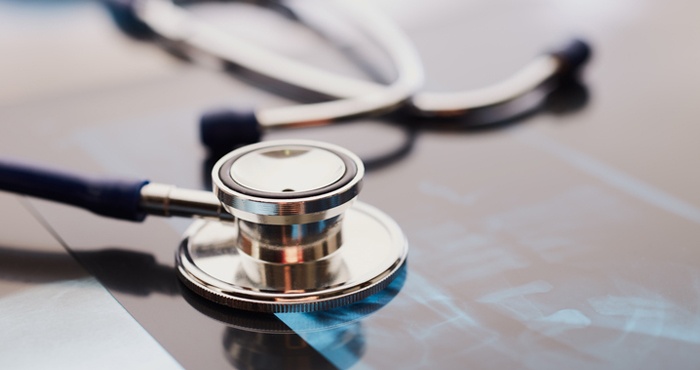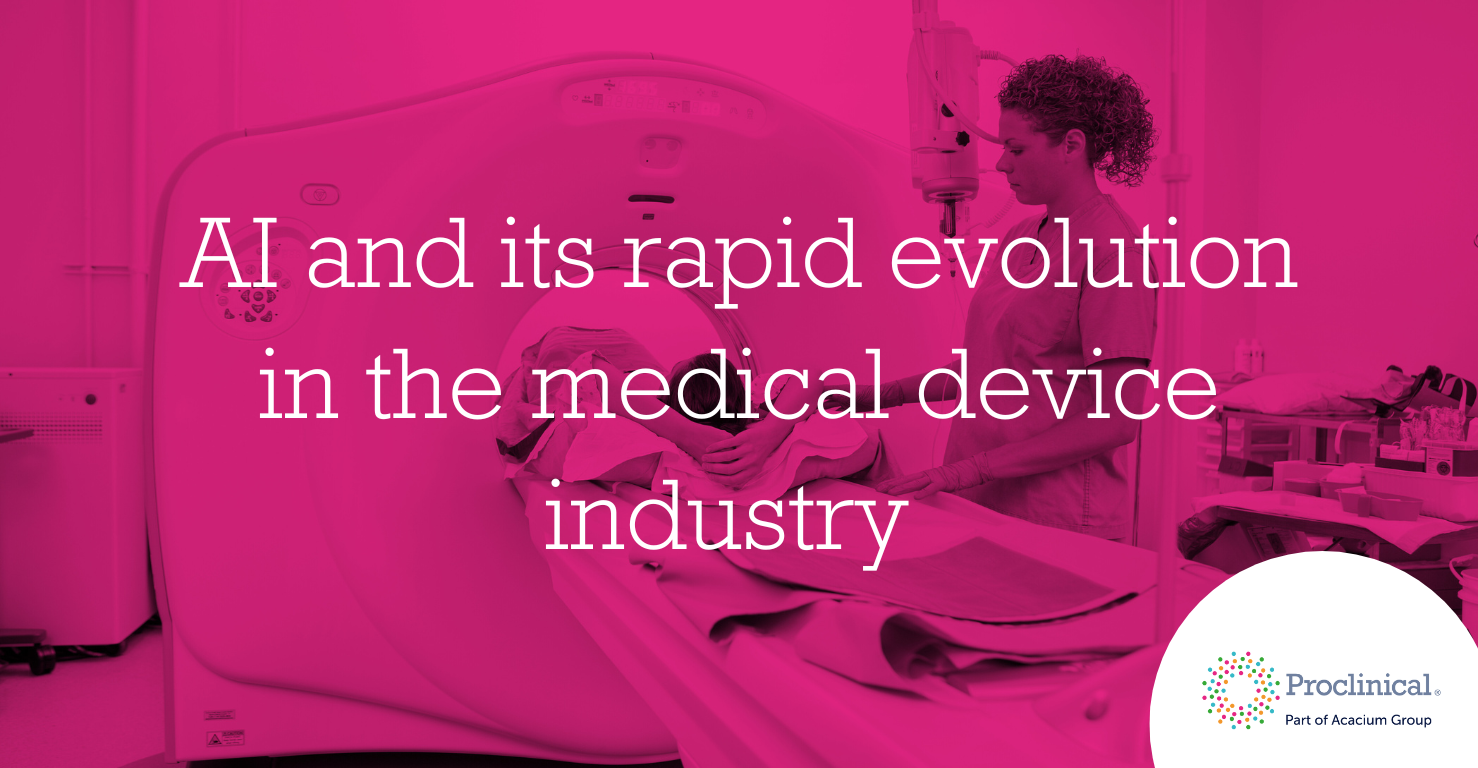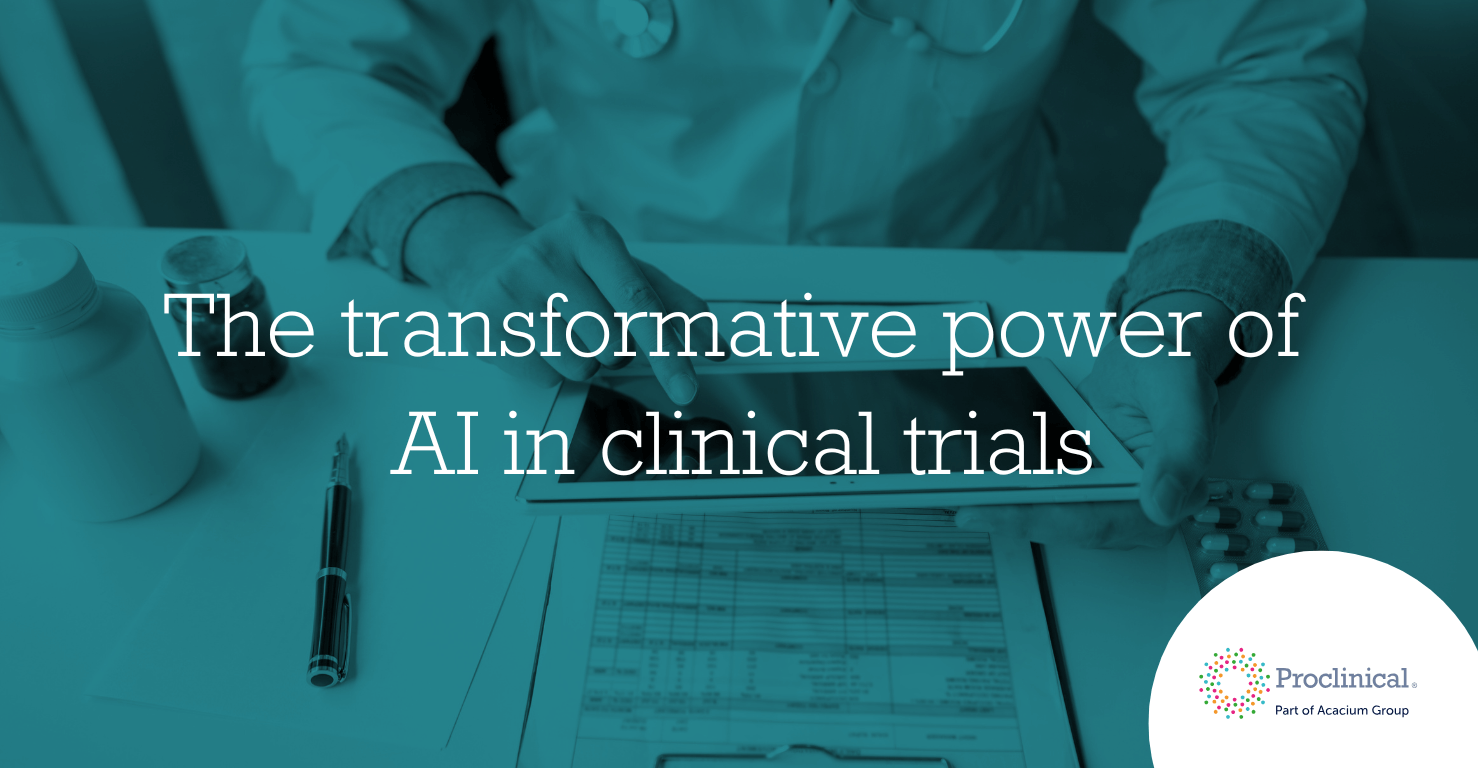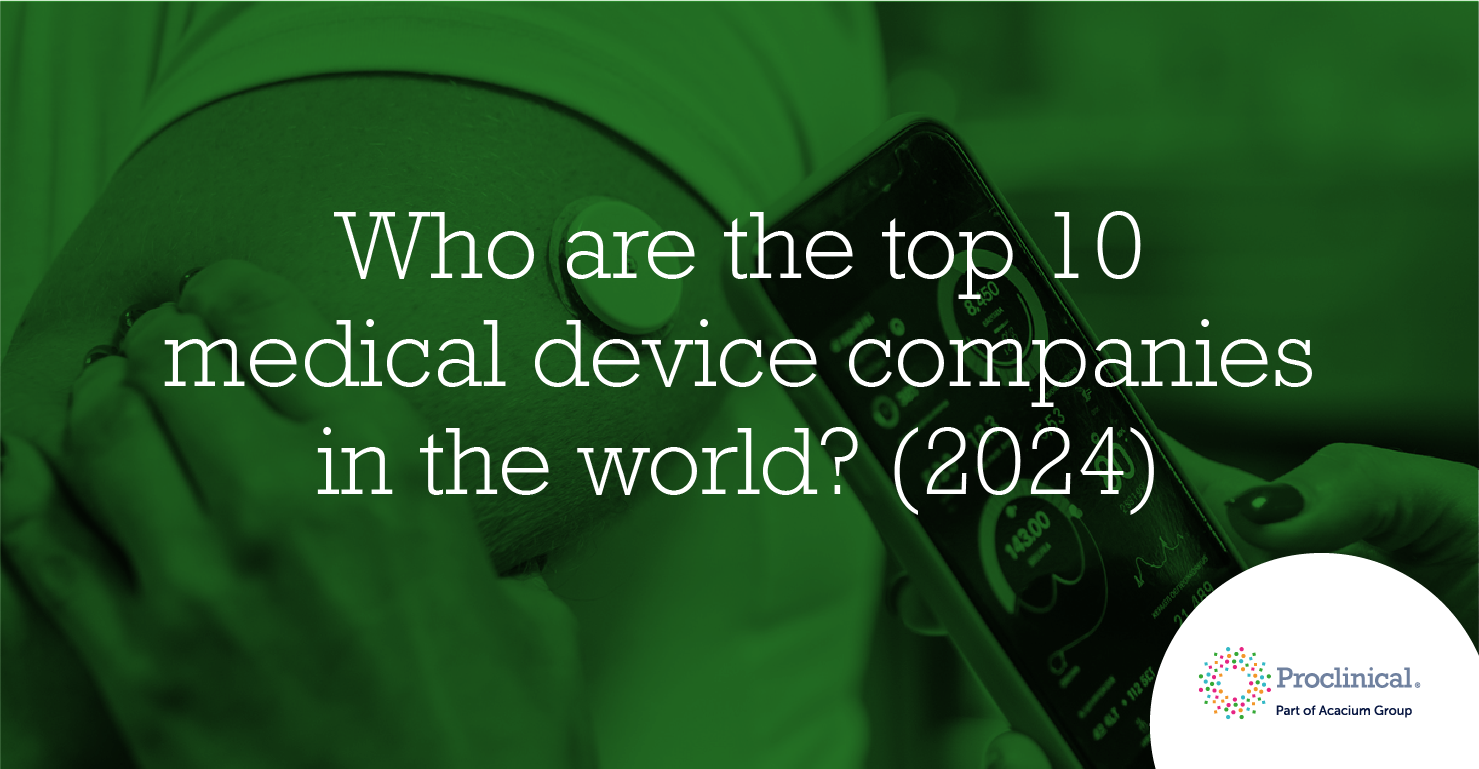
+and+in-vitro+diagnostics+(IVDR).jpg?v=58ad47c8ea31b1e6974cf76fe53553ef)
The new EU medical device and in-vitro diagnostic regulations are an effort by the European Parliament and Council to improve the manufacture and marketing processes of medical devices to ultimately ensure greater patient safety.
Why have there been changes in medical device and in-vitro diagnostics regulation?
The reforms are in response to growing concerns that medical devices and diagnostics, especially those that pose a high risk to the human body, are not currently subject to tight enough control before being used by or on patients. Much of this is due to technological progress which is making these devices increasingly innovative, but also more complex. Existing legislation is therefore outdated and incapable of fully protecting patients.
To combat this, the 2017 MDR legislation changes aim to:
- Strengthen regulation surrounding clinical investigation
- Promote cooperation in the control and monitoring of European medical devices and IVD manufacture and marketing
- Encourage greater transparency and traceability throughout the marketing of products
This will have a major impact on the medical device industry as companies have until 2020 (MDR) or 2022 (IVDR) to fully implement these legislation changes, many of which are transformative. The changes will greatly affect how future products are marketed and the way that already marketed products are controlled and regulated.
What are some of the major changes that can be expected from MDR and IVDR?
Below are a few of the most important legislation changes featured in the 2017 MDR report:
- The definition of medical device will be broadened to include non-medical and cosmetic devices not previously regulated. Examples include contact lenses, liposuction equipment or epilation lasers.
- Manufacturers will need to generate and provide more in-depth clinical data to prove safety and performance claims.
- Existing products must be recertified in accordance with the new regulations.
- There will be the implementation of Unique Device Identification (UDI) to help track and trace devices. This will also to help when products need to be removed and recalled.
- An EU portal will be created for the centralisation of relevant data so that patients have access to more safety-related information. Manufacturers must report all incidents, injuries and deaths.
Important changes featured in the 2017 IVDR report:
- The definition of IVDs will extend to genetic testing and diagnostics that predict a patient’s response to treatment
- The classification system has been changed from a list-based to a rule-based system
- There is increased input from Notified Bodies as 90% of IVDs will need reviewing, a significant increase from 10% in 2017
How will these changes be achieved?
Medical device companies have been given until 2020 (MDR) or 2022 (IVDR) to fully implement these changes. However, as many of the new regulations are quite transformative, European governance has been strengthened to ensure that the regulations are enforced and upheld. Principally, there has been the creation of the Medical Devices Coordination Group (GCDM) which will be responsible for enforcing the regulations by invoking a ‘scrutiny mechanism’ that will allow them to review a Notified Body’s assessment of high risk devices.
The role of notified bodies themselves will be increased, and they will carry out random audits, sample checks and testing. Additionally, manufactures must appoint at least one quality assurance professional who will take charge of compliance and ensure that the new regulations are being adhered to. They will be the equivalent of a Qualified Person in the pharmaceutical industry.
Who will be most affected by the changes?
These wide-scale changes to medical device and IVD legislation will affect various parties. The biggest impact will be to medical device manufacturers who are ultimately responsible for implementing and upholding significant changes to their manufacturing and testing processes. As previously mentioned, notified bodies will also have many additional responsibilities surrounding testing and audits.
Patients and customers will also be affected. On one hand, they will have increased access to health and safety data to better inform their choice to use certain devices, however, they will also have restricted access to various products as the stricter regulations may not allow some to go to market.
What needs to be done and by who?
The new MDR and IVDR legislation changes can seem extremely overwhelming and it’s likely to be difficult to know where to start and how to plan the next move. Medical device companies will have a lot of questions about how this will impact them and their patients: How should we prepare? Which internal processes need to be updated? What new documentation must be created? What needs to be done as a priority?
Take a look at Proclinical’s comprehensive guide on how medical device companies can prepare for the MDR and IVDR. Proclinical has partnered with management consultancy Trinzo to offer medical device companies a number of effective solutions to help implement these changes as smoothly as possible. Take a read for more information.





.png)

.png)

.png)

.png)
.png)











